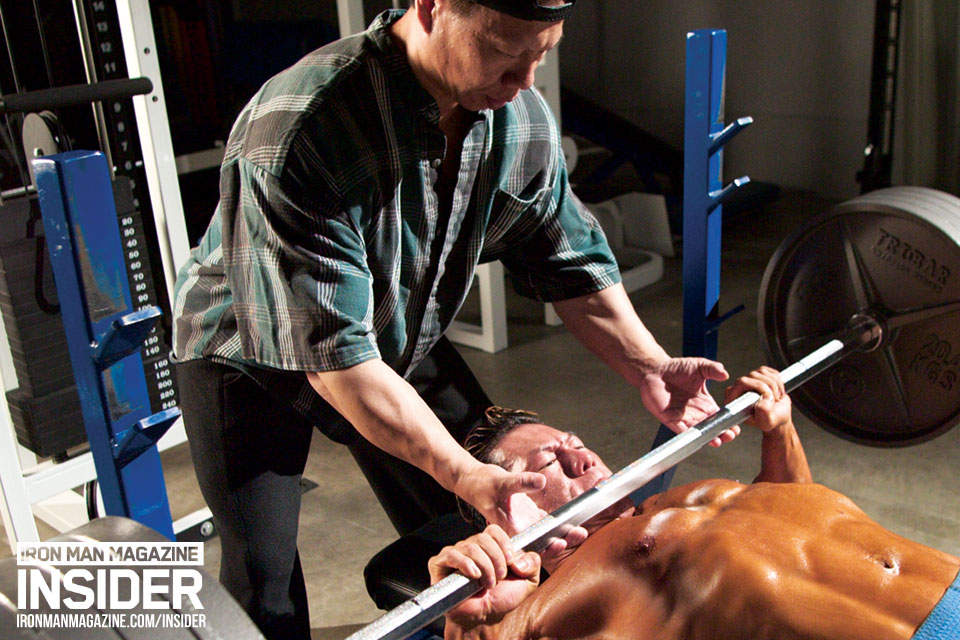


Q: I need more strength, especially on the bench press. How long should I be resting between sets?
A: The length of your rest between sets affects several factors that are important in the adaptations brought on by your training. The rest interval accomplishes the following:
1) Regulates the partial, or nearly complete, restoration of the short-term energy substrates necessary for maximum performance.
2) Provides time for the metabolic waste accumulated in muscle tissue following intense muscular work to clear.
3) Gives the central nervous system time to recover.
4) Slows down the elevated metabolic rate and heart rate.
5) Affects which hormones are secreted as a result of the workout and to what magnitude—homones that will affect strength, fat loss and muscle gains.
Sports scientists recommend rest intervals of three to four minutes—and up to five minutes—for training with maximum loads: one-to-five-rep maximums at 85 to 100 percent of max. That approach prevents early fatigue and enables you to make repeated efforts at high intensity. In fact, if you watch weightlifting competitions, often the coaches will repeatedly change a lifter’s attempts to allow for more rest time, as the clock is stopped when the loaders change the weights.
A guiding principle in developing strength is that the rest interval should be long enough to permit the nervous system to recover almost completely but not so long that you lose what’s called the post-tetanic potentiation effect. That is the phenomenon by which your contraction-strength potential is increased for five to 10 minutes after a heavy set because of greater neural activation. The concept became popular in the English-language literature after I translated Dietmar Schmidtbleicher’s work from Germany in the early ’80s.
The peak effect—that is, greater potentiation of the muscles involved in the movement—occurs about four minutes after a near-maximum contraction and gradually wanes so that it’s gone by about the fifth minute. Consequently, when training for strength, you should rest about four minutes between sets of an exercise—that is, assuming we’re talking about a compound exercise. For isolation exercises, three minutes of rest is normally enough. Also, an individual’s maximum strength has an impact here. If you can curl 155 pounds for reps, you may need four minutes; if you curl only 75 pounds for reps, three minutes should be plenty.
With a properly designed strength session, you should become stronger on every set of an exercise—up to a point. That point occurs later for well-trained athletes. An intermediate trainee may reach it at four sets, while an Olympian may not reach it till the eighth.
Editor’s note: Charles Poliquin is recognized as one of the world’s most successful strength coaches, having coached Olympic med-alists in 12 different sports, including the U.S. women’s track-and-field team for the 2000 Olympics. He’s spent years researching European journals (he’s fluent in English, French and German) and speaking with other coaches and scientists in his quest to optimize training methods. For more on his books, seminars and methods, visit www.StrengthSensei.com. Also, see his ad in this issue. IM






















You must be logged in to post a comment Login